Australia’s Most Famous Rock!
Near the center of the Australian continent, about 275 miles due southwest from the large community of Alice Springs, in the tiny village of Yulara, lies one of the most beautiful places in Australia, if not the world. A massive, natural wonder that is both a site of great beauty, as it is sacred. A place that evokes images of a faraway land where you feel so insignificant compared to the wonders of nature around you. That place, ladies and gentlemen, is Uluru.
Uluru, also known Ayers Rock, in the largest monolith in Australia; in layman’s terms, it is a giant rock. But like an iceberg, there is a lot more underneath the surface; what you see on top is just a fraction of how much there actually is. For all we know, Uluru stretches for miles underground. Formed nearly 600 million years ago, it measures over 1100 ft. high, is over 6 miles in diameter, 2 miles long aboveground, and is 1 mile wide. Over the years, the wind and rain have carved many gorges on Uluru, in the same way erosion has carved the inner shape of the Grand Canyon.
Getting to this place is no easy task, but it is not impossible. Those who can’t wait can book a flight to Connellan Airport, which on a daily basis, handles domestic flights in-between major Australian cities like Sydney, Brisbane, and Cairns. Connellan services the resort town of Yulara where Ayers Rock is located; it is the gateway for all tourists.
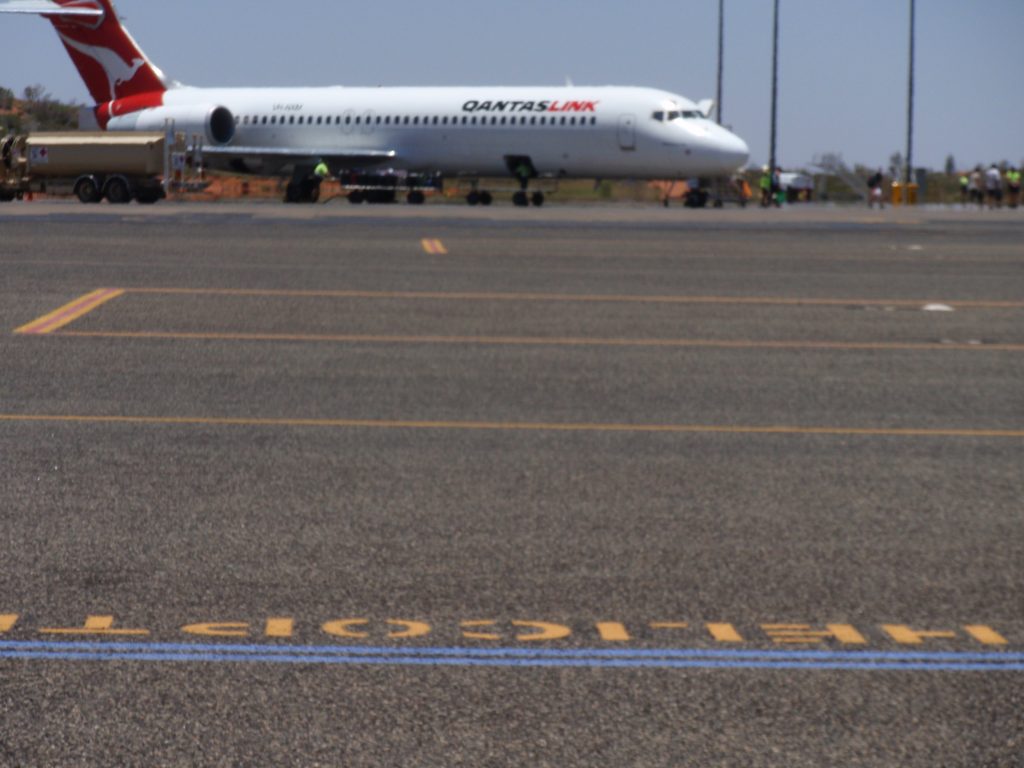
But for the true experience drive approximately 276 miles (447 km) to the heart of the Red Centre from the nearby city of Alice Springs. 276 miles doesn’t sound like “nearby”, but then again, you are in the Outback! The drive is a whopping six hours, but at least there’s no traffic! Be sure, however, to stock up on extra water and fuel. The last thing you want to happen is to break down in the middle of the desert, with no help for miles.
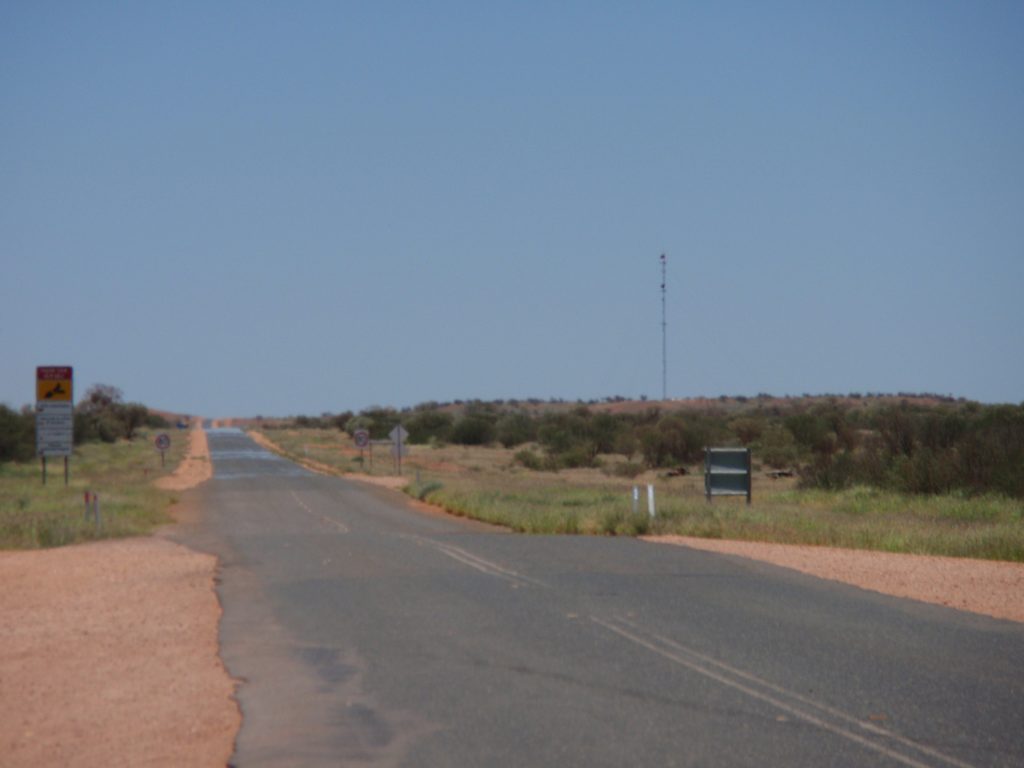
The nearest fueling station is at the Erlunda Roadhouse, which sits near the junction point between the Stuart Highway and Lasseter Highway, which are the two major roads the lead to Uluru; it is, however, about mid-way between Alice Springs and Yulara, so be careful on the road! And be sure NOT to drive at night; with almost no street lights along the highway, it is like driving through an inkwell, blindfolded! Still, if you don’t want to wander along the highway, you can fly from Alice Springs to Yulara, and it does not take 6 hours! But book fast, because flights are few and far between.
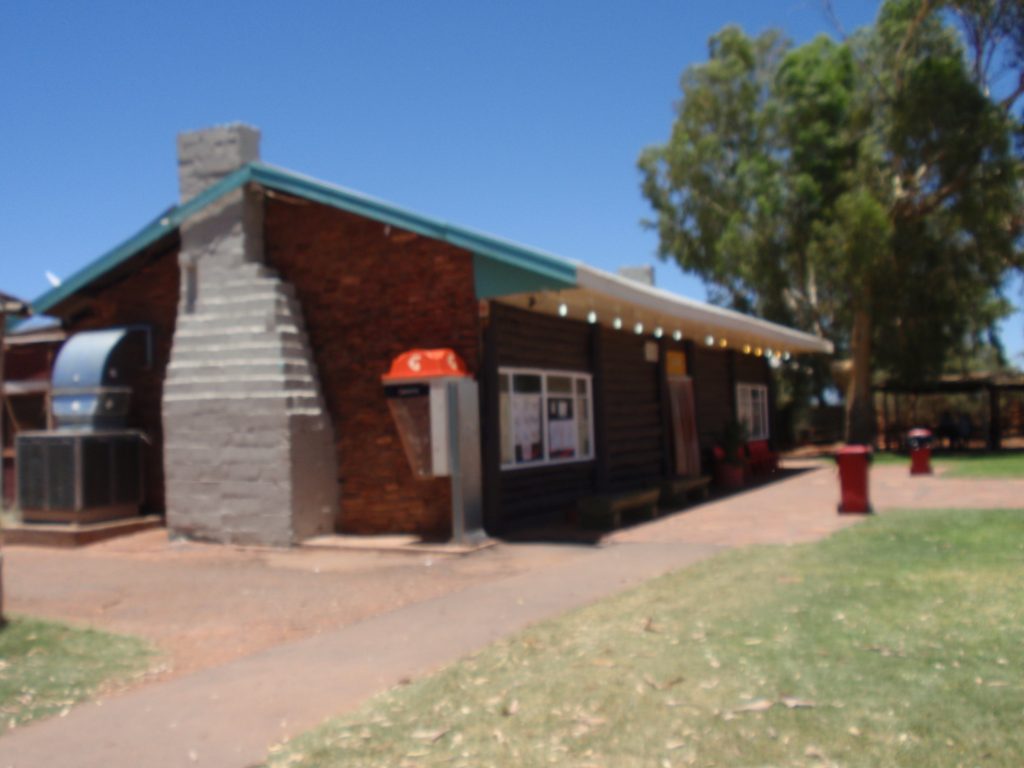
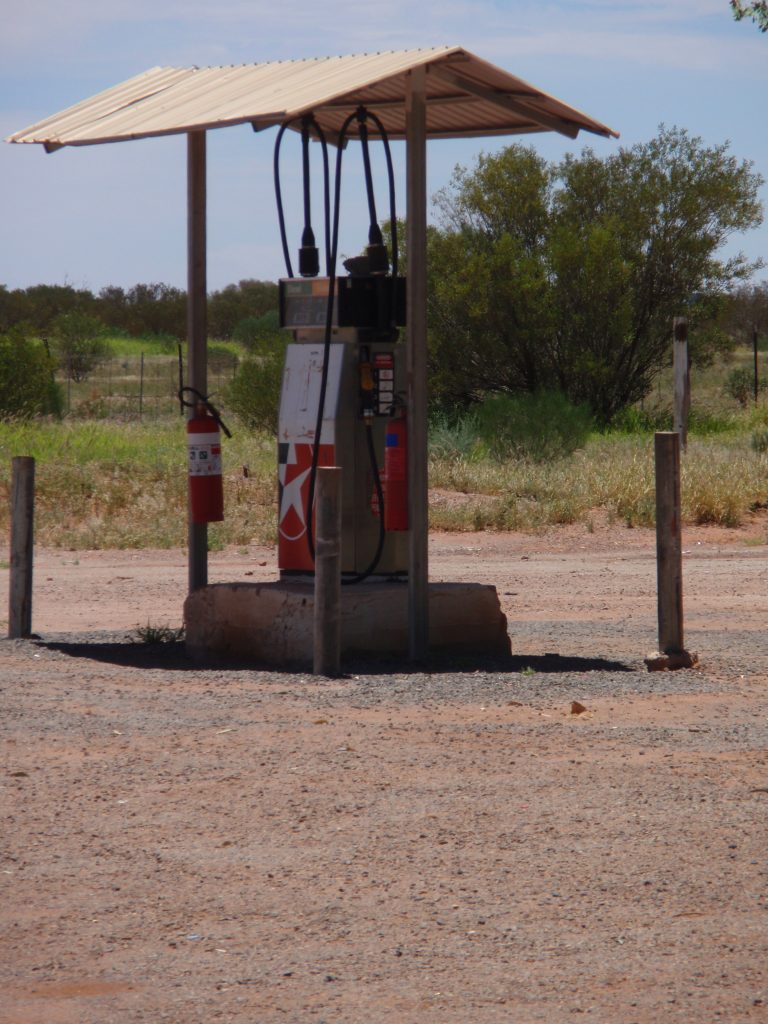
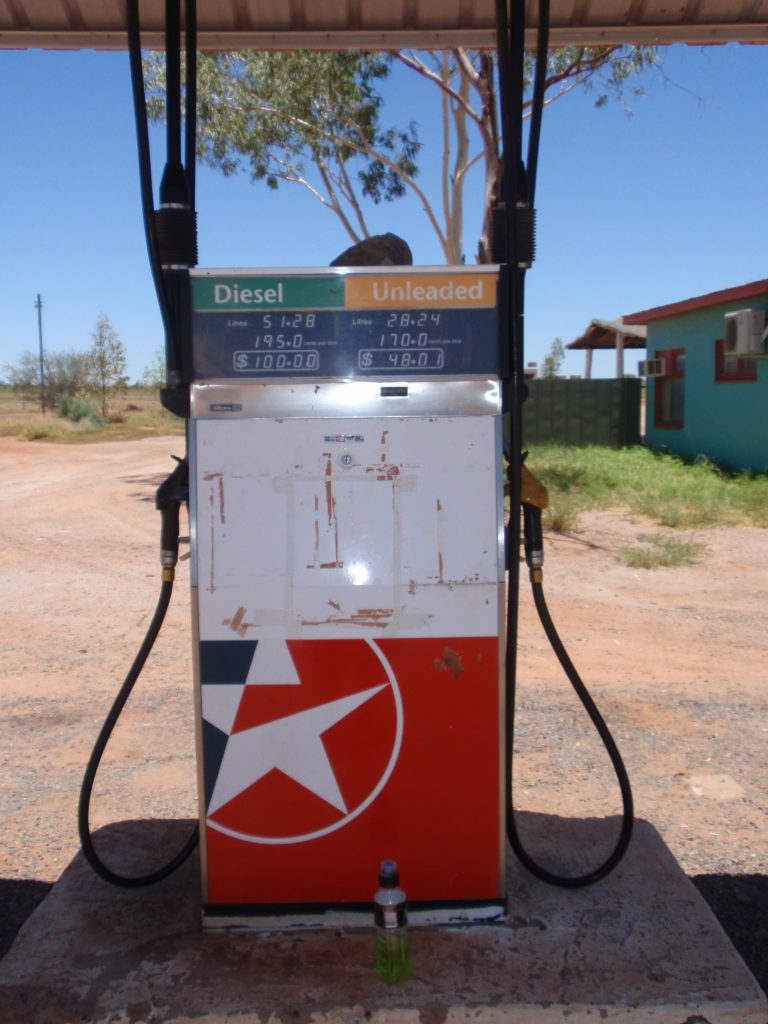
Depending on what time of day you see it, Uluru can change colors with the passing sun above. At dawn, the rock appears a pale pink, with just a hint of gray and dark blue.
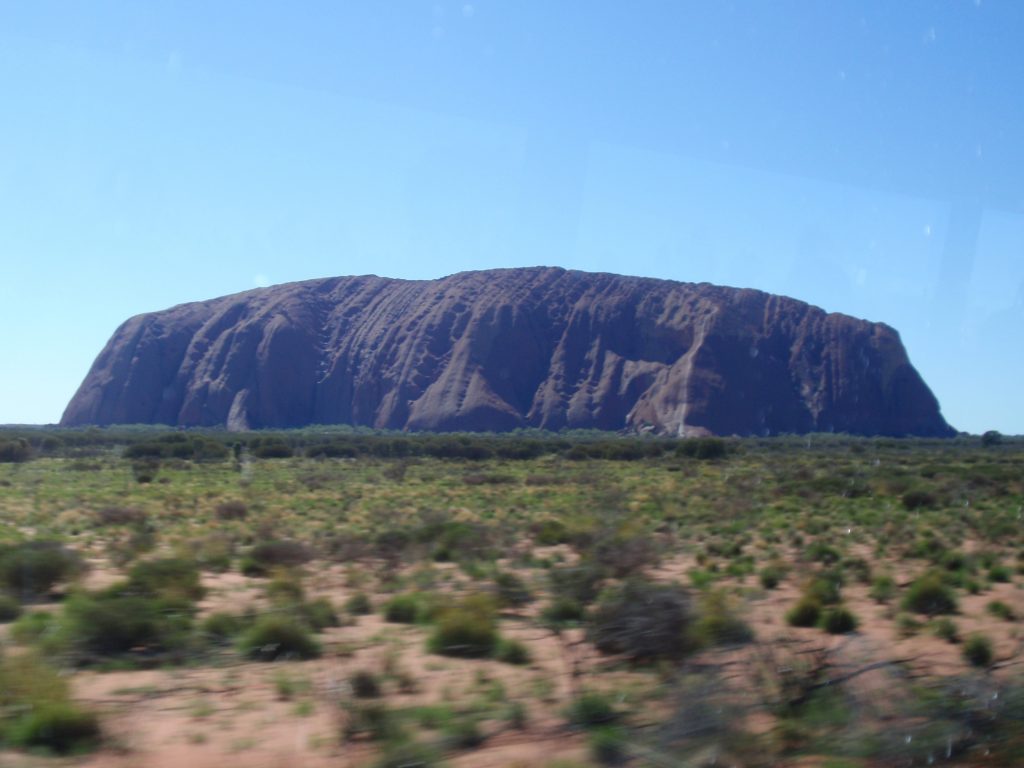
By midday, the rock is a shimmering mix of orange, with a hint of silver. If it appears that the rock has any black, it is just the shadows from the grooves on the rock.
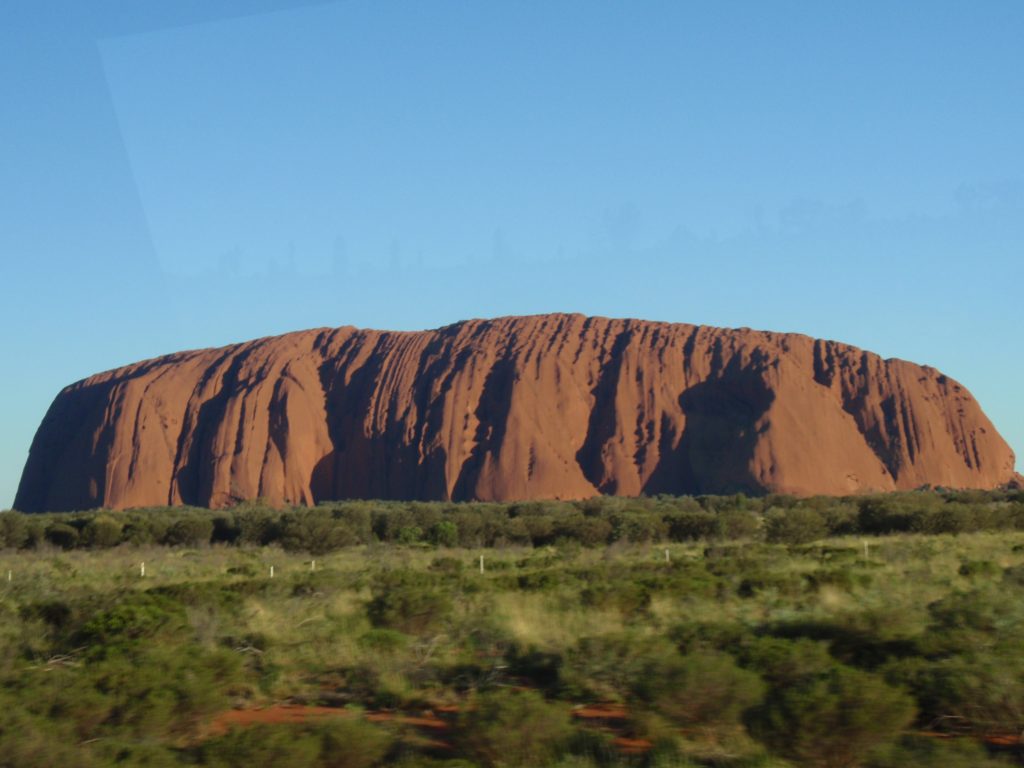
And by sundown, the rock is at its most glamorous; a bright, yet burnt orange dazzles the landscape in such a way that could bring a man to his feet.
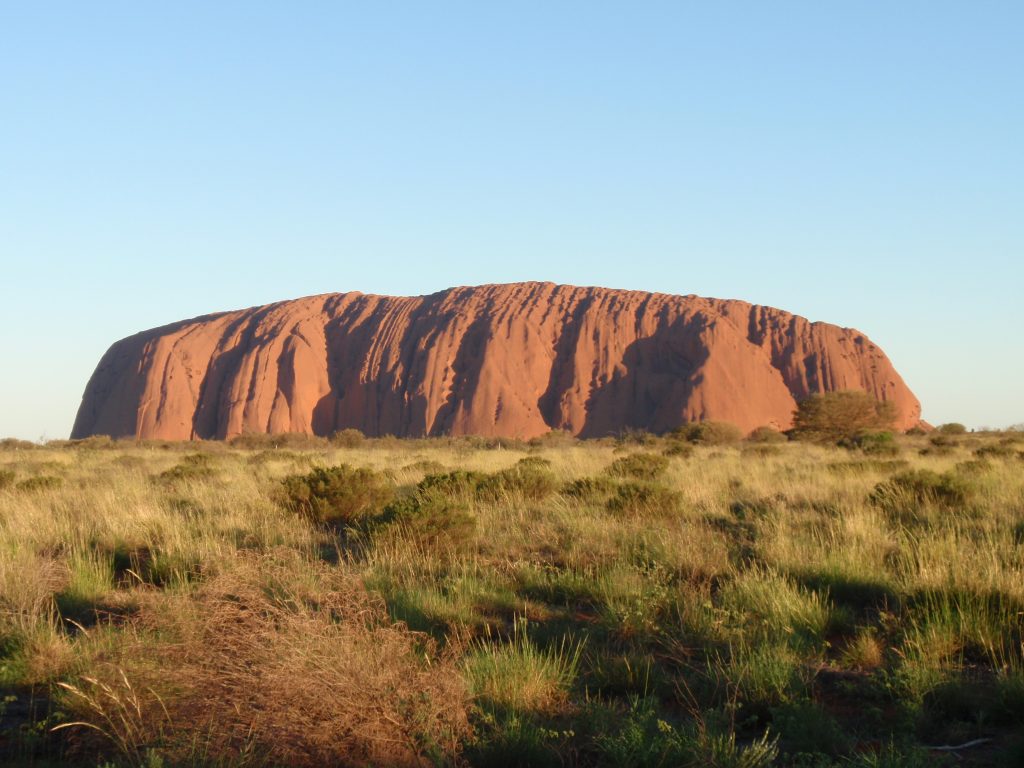
And when the sun completely sets, and there isn’t anymore sunlight bouncing off the rock, it becomes a dim shade of maroon. If there were anymore shades, it might as well be a giant rock-shaped rainbow.
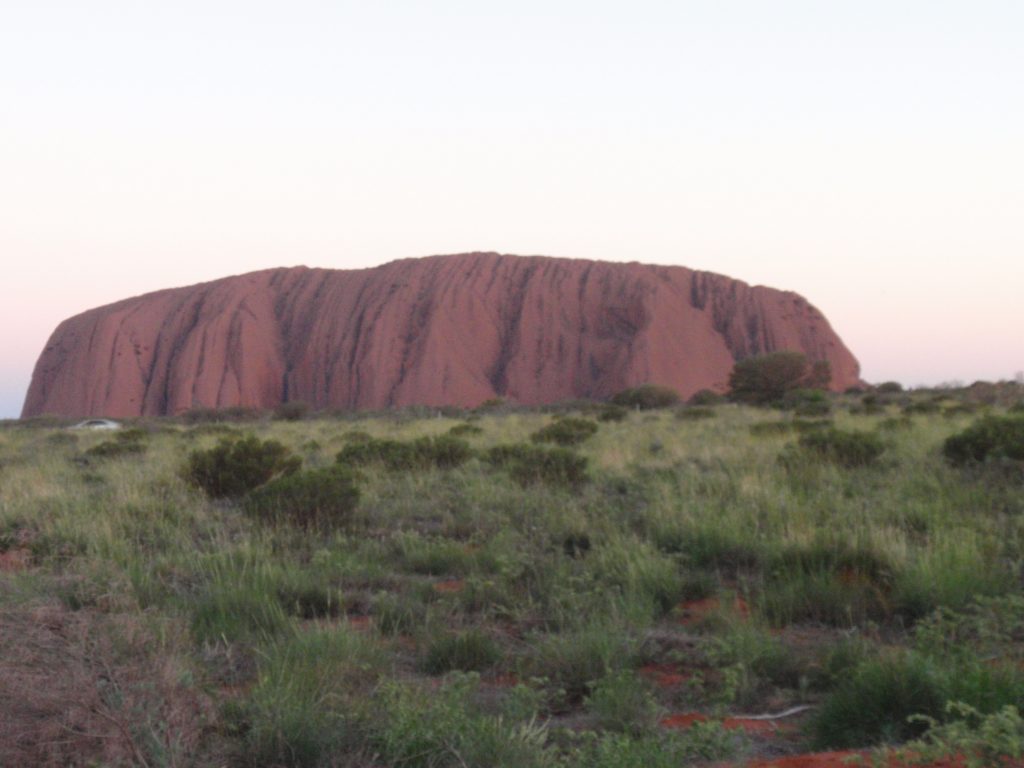
For thousands of years, the Anangu people, who are the Aborigines of the Red Center, have considered Uluru a sacred site. Uluru is so sacred to the Anangu, that they request that all visitors refuse the chance to climb it. Interestingly enough, however, the Anangu will not lift a finger to stop you. If you must climb, however, there is a string of chain-link poles going from the base to the summit; visitors can use this marked path to reach the top.
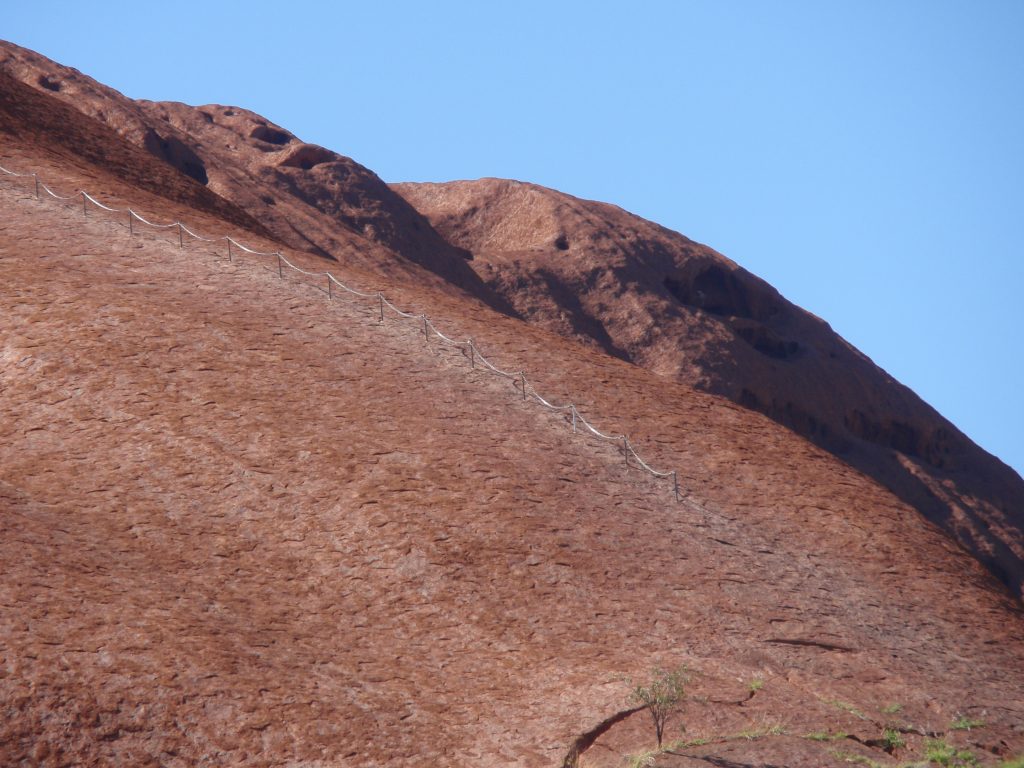
But still, out of respect for the Anangu, they have a saying, which is:
“Wanyu Ulurunya tatintja wiyangku wantima”.
Translation: PLEASE DON’T CLIMB ULURU!
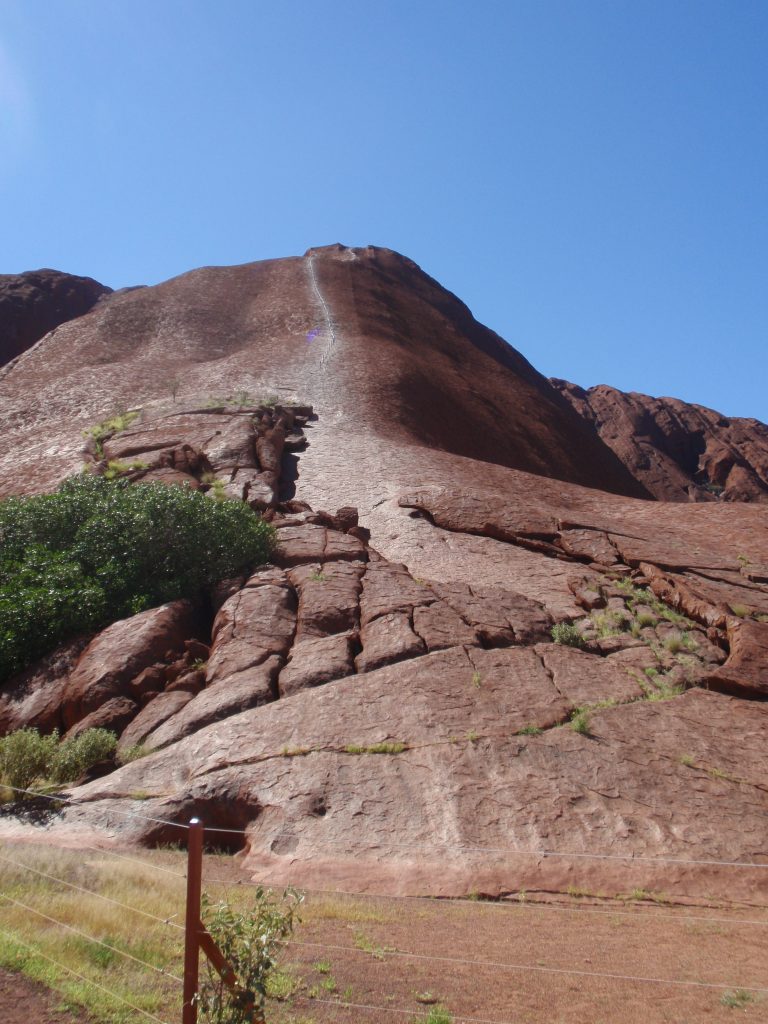
Only the Aborigines can scale the rock, as they are the spiritual owners of this land. In the Anangu culture, a rite of passage for Aboriginal boys is to hike to the top of the rock and spend a full three days and nights perched on top of Uluru. Using only their wits, their fortitude, and their patience, they must endure a long three days. Some say it is a way to prove to elders and fathers that you are now a man; think of it as an Anangu version of bar-mitzvah, except instead of learning Hebrew, you learn to stay hungry.
Instead of climbing, walk around the base and you’ll find a neat collection of cave paintings that tell a rich history of the Aborigines, their culture, and their folklore. Many of the paintings are still intact, and are quite readable. Ask a guide, and he’ll tell you that each symbol represents an action or even an event taking place. As you continue to walk around the base, there is even a waterhole that catches rainwater that trickles down from the top of the rock. And just above the pool is a wind-carved hole in the rock that perfectly resembles a heart.
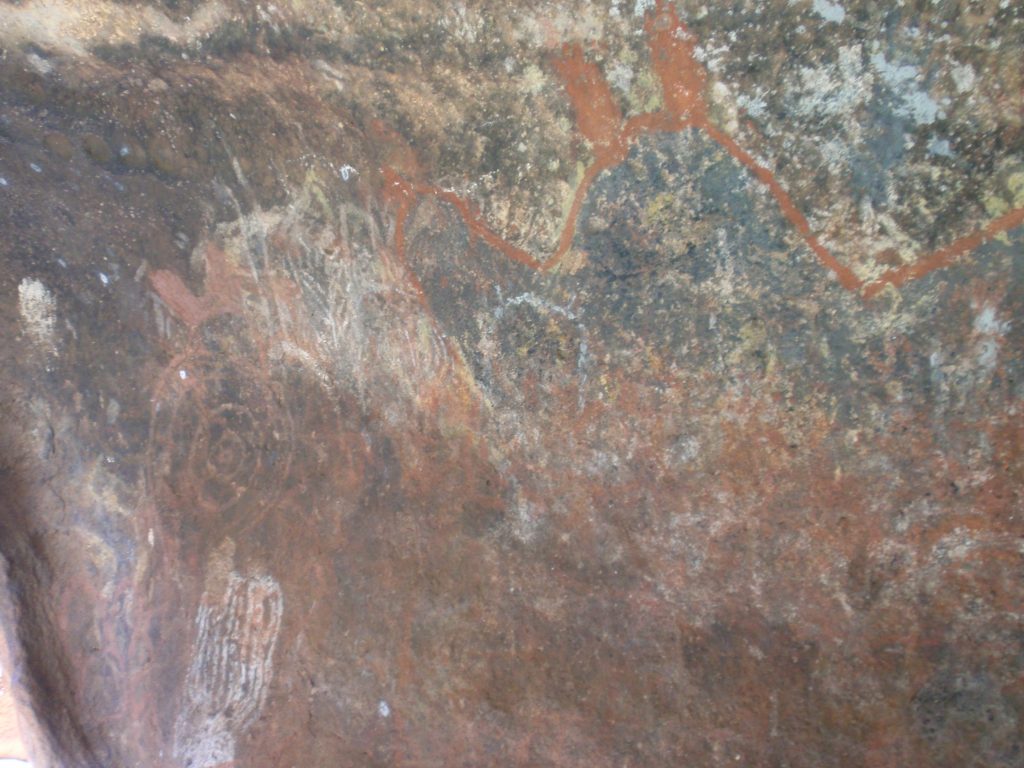
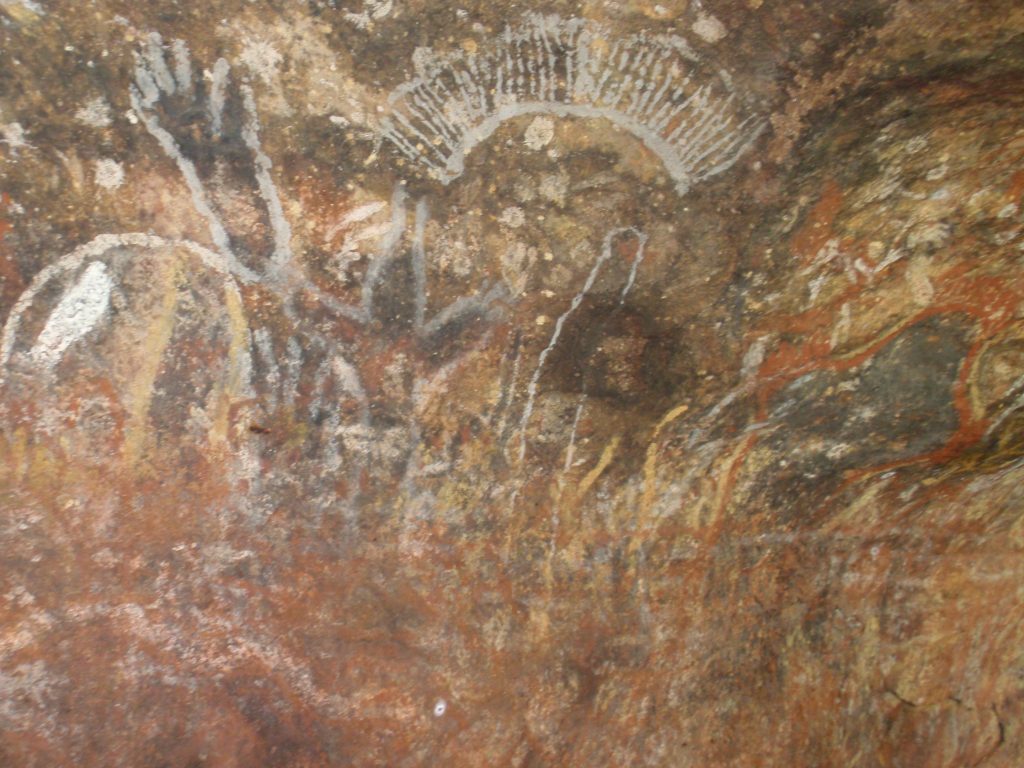
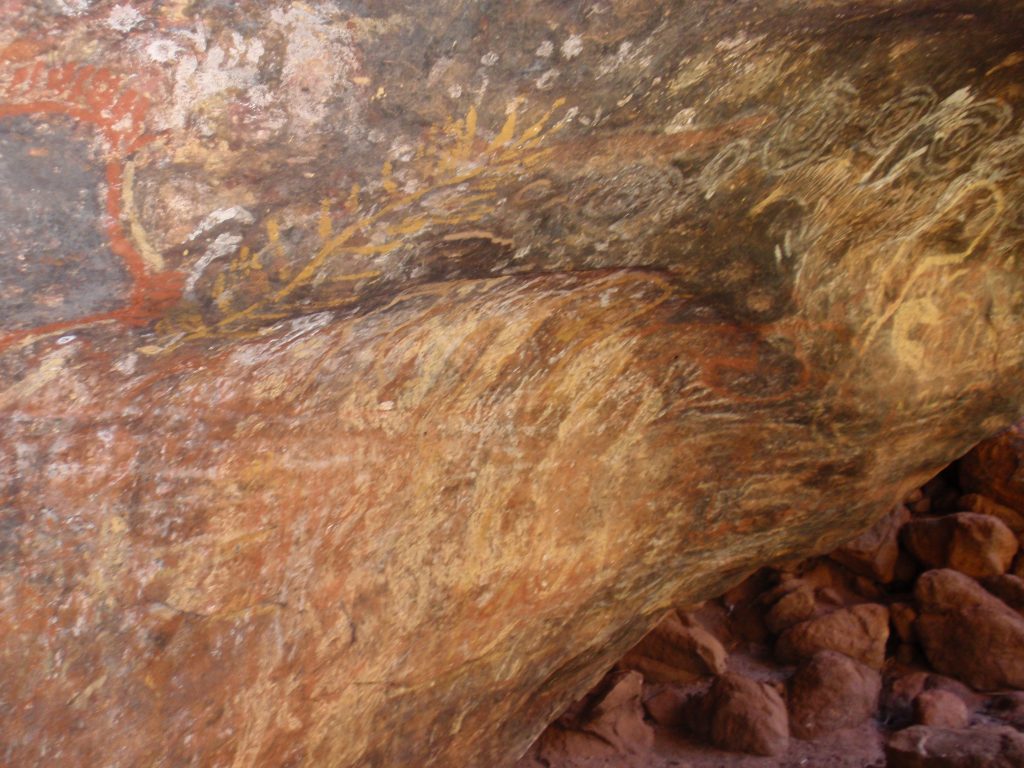
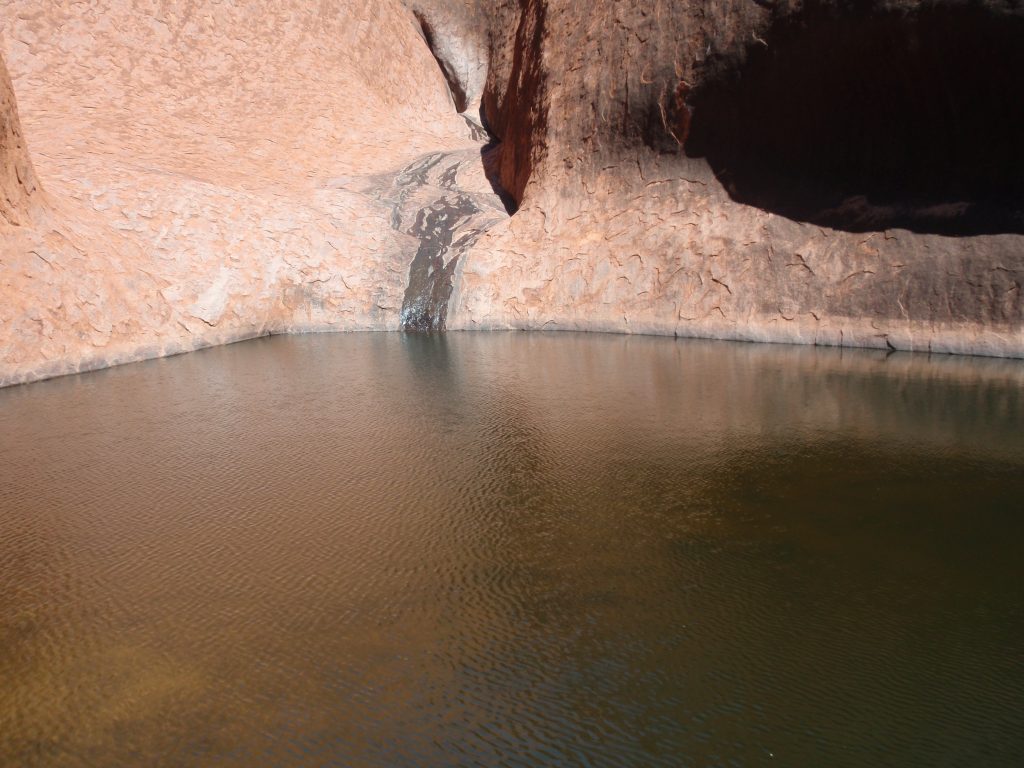
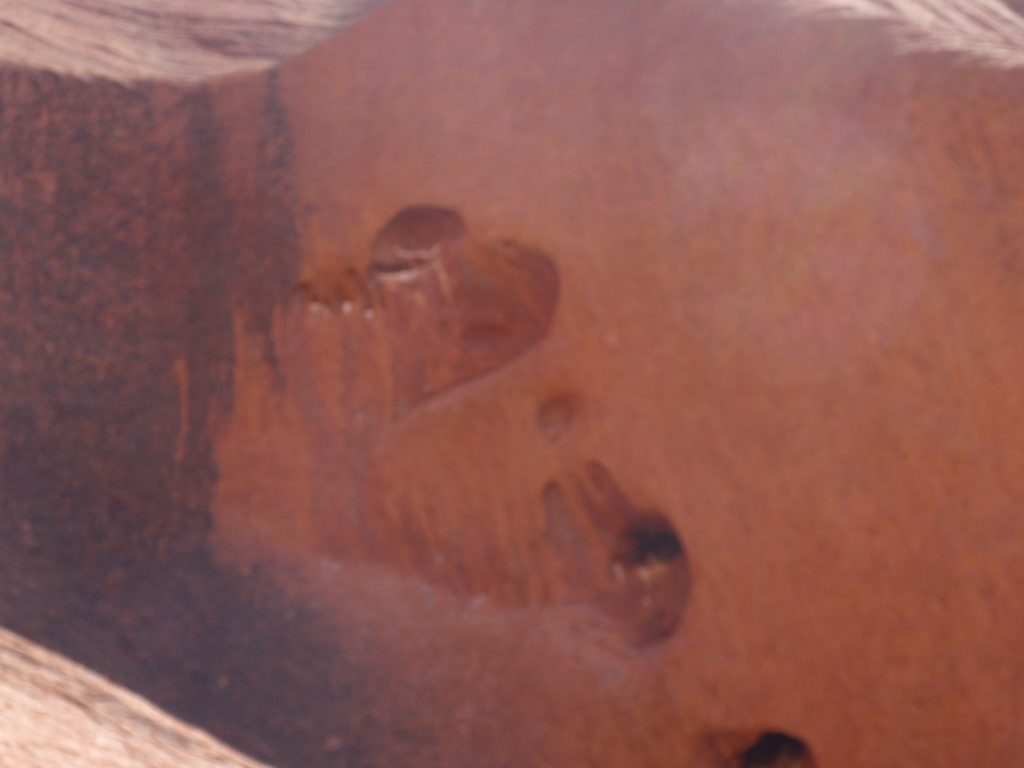
A great way to see Uluru is from the sky. Head to Connellan Airport in Yulara, and charter a helicopter ride over the Outback. As you whirl high above the desert, you’ll be treated to a breathtaking view of the greatest natural wonder in the Outback. You’ll be able to see the top of Uluru, without sacrificing your walking legs, or your respect for the Aborigines.
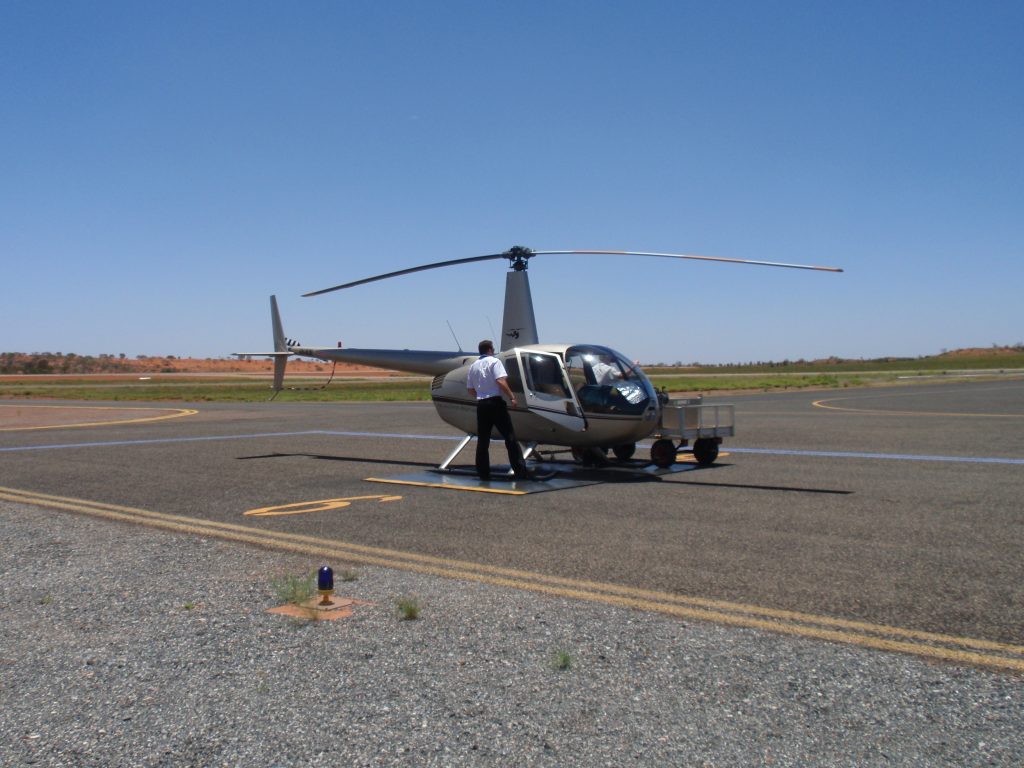
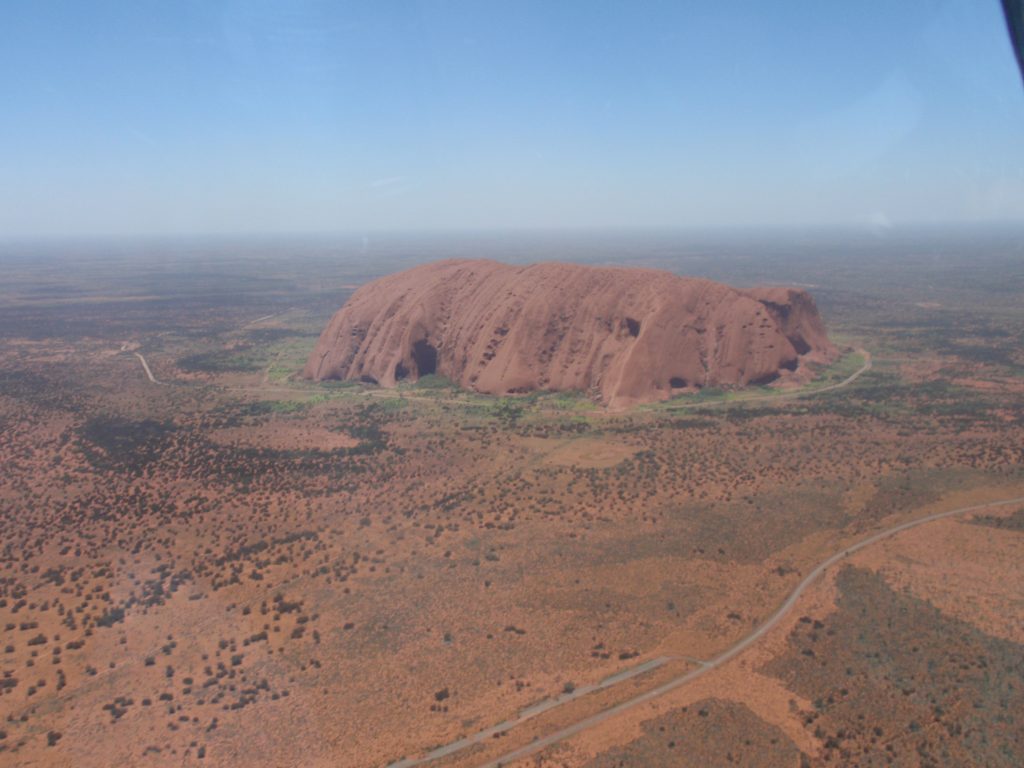
There is such a magic to this place. When you arrive, you have to take a minute to just realize how far away you are, and that you are in such a remote place. You are smack-dabbed in the middle of a far-away continent, miles from civilization, not counting a small resort town. You have to appreciate how a giant spectacle of nature can hold such a spiritual meaning to a people who have lived here longer than anyone on Earth has. One must observe how peaceful and unique this place is. And even is there an influx of tourists that may take away some of the ambiance that this place gives off, don’t let that stop you from enjoying your time here.
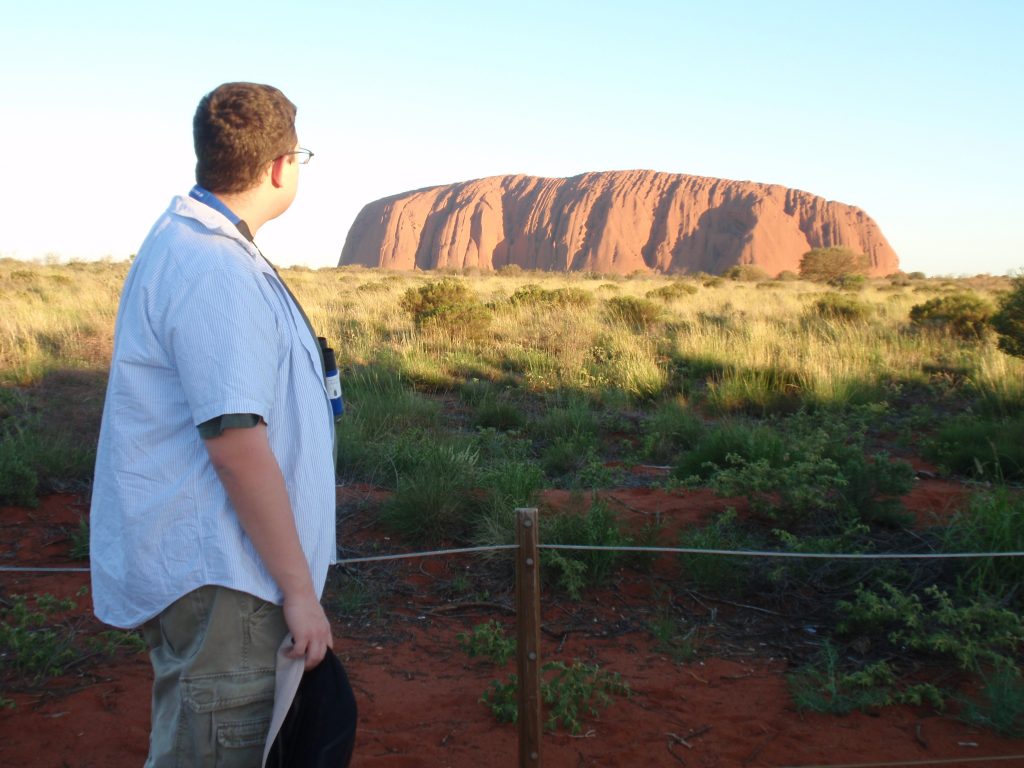
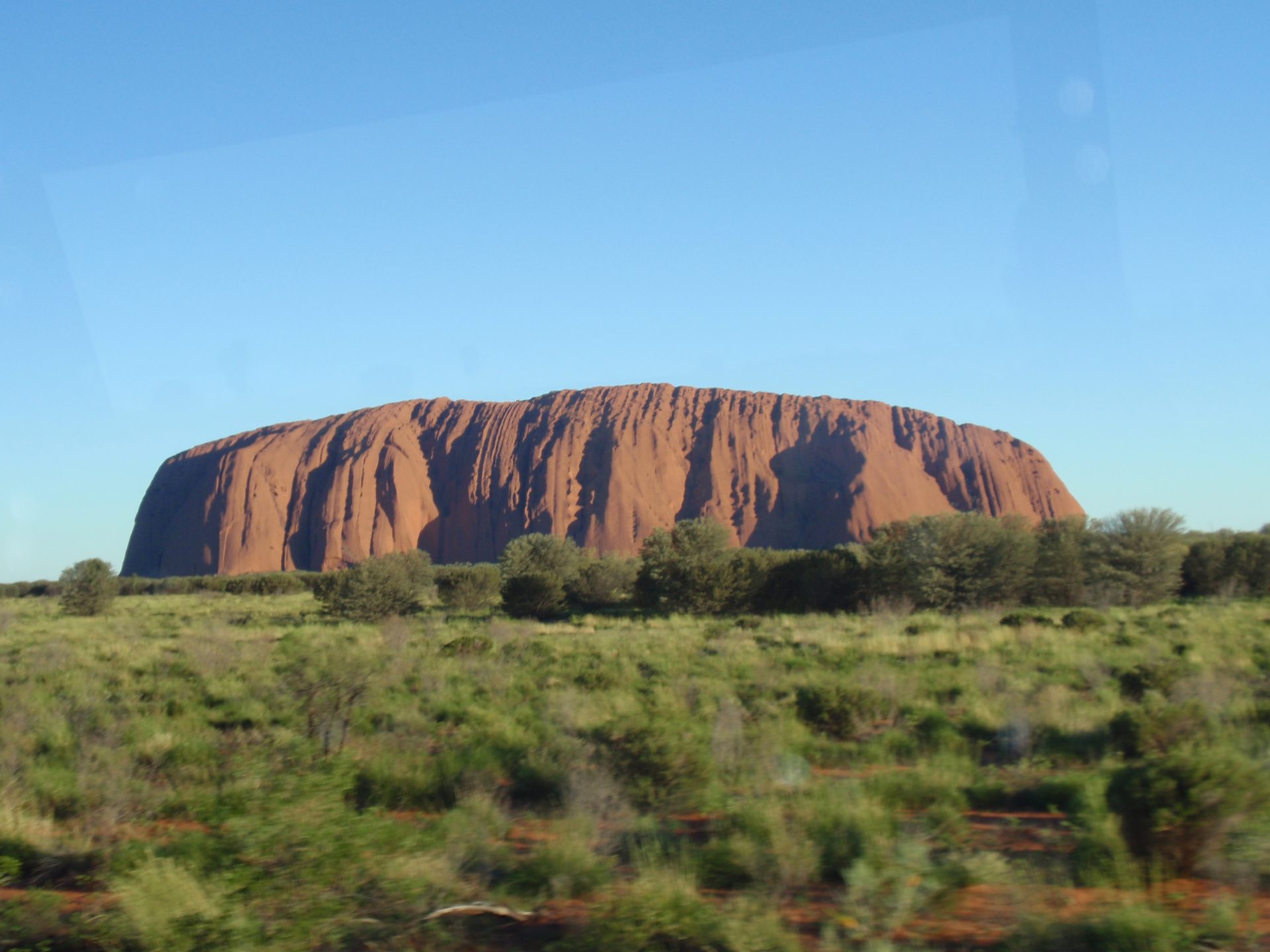
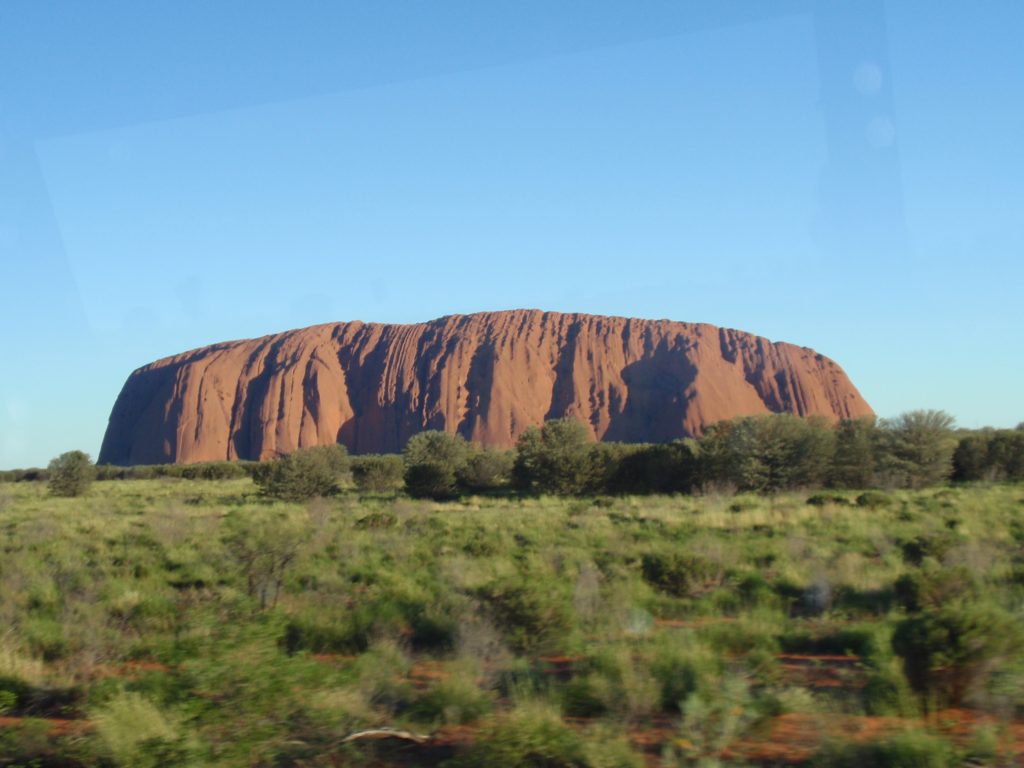



thank you Jared for being respectful….you really paint a picture..great photos
Very neat! I have always wanted to visit Uluru. I love how the colors seem to change throughout the day.